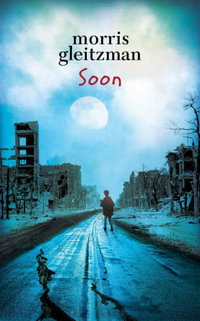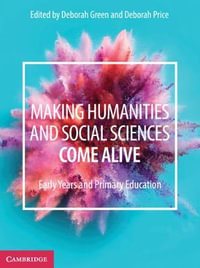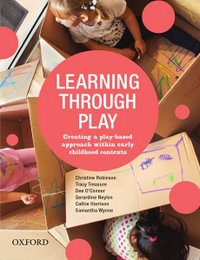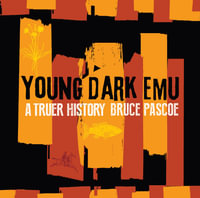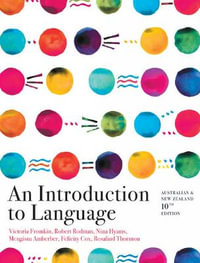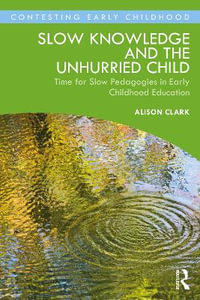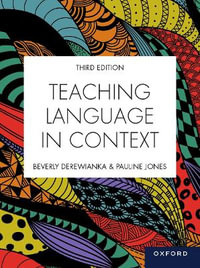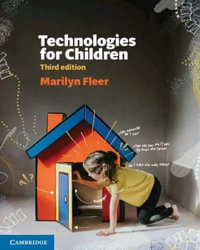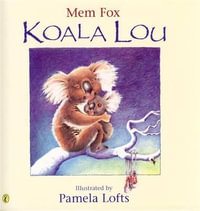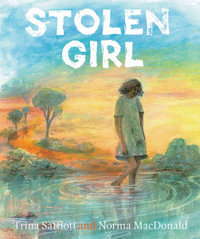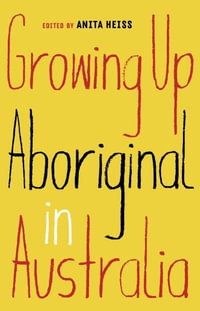This book offers an accessible and comprehensive new introduction to the subject and practise of creativity in early years education. Taylor takes a uniquely rights-based and inclusive approach to creativity, providing students with a holistic, internationally-minded overview of creativity and its place both inside and outside the classroom. Sections focus on:
- Defining creativity and its benefits
- Different modes of creativity
- Creativity in a policy and social context
- Creative pedagogy in practice
- Creative leadership
Each chapter offers questions for critical reflection, illustrative contemporary case studies, and ample suggestions for further reading.
About the Author
Simon Taylor is a Senior Lecturer with the Department for Education and Inclusion at the University of Worcester. Prior to this he worked in the arts and cultural sector for many years; as Head of Learning for Birmingham's Ikon Gallery (2011-2015) and Education and Community Outreach Manager for The Making (2004-2011), an arts agency based in Hampshire. Originally a graduate of the University of Brighton, Simon started his career as a professional artist in the South East, teaching in a range of settings including Special schools, Children's Centres, Prisons and FE colleges, and working with a diverse range of learners from adults to young people at risk from exclusion, children with special needs, prisoners and young offenders. Simon is married with two 'grown up' children, is a keen drummer, loves live music and is hoping his potter's wheel is still waiting for him somewhere buried in the garage...
Industry Reviews
An important and timely book that takes a deep delve into the world of creative education, starting out by offering different definitions of creativity using quotes and evidence from a range of commentators, including educational psychologists to household names such as Michael Rosen. This fascinating and easy-to-read book offers reflective questions at the end of each section, prompting the reader, or early years learner, to explore the topics in greater depth. The book makes the case that the Early Years are part of the broader cultural eco-system and helps the reader to understand how everything is connected. This timely because at the same time as the book was released (June 2024) the Cultural Learning Alliance produced their Report Card 2024 which reveals some deeply worrying statistics about the state of creative education in the UK today; since 2010 there has been: an overall decline in arts subjects studied at GCSE of 42%; at A-Level of 21%, at degree level of 6% a 14% decline in art teachers a 21% fall in teaching hours for arts subjects between 2011/12 to 2022/23. We must come together to challenge the current erosion in value of creative education and fight for arts, creativity and culture to be properly supported, and funded because today's children are tomorrow's cultural audiences, creative thinkers and inspiring leaders. -- Clare Purcell Early childhood educators are unquestionably important members of society. In his recent book, Creativity in the Early Years: Engaging Children Aged 0-5, Simon Taylor suggests that when early childhood educators set up learning experiences and environments with creativity in mind, the weight of what they do increases even more. Of course, teaching for creativity is not just a simple shift. While Taylor acknowledges the tremendous - dare I say extraordinary - work of early childhood educators who are adapting innovative approaches to pedagogy that support children's development of critical and creative thinking dispositions, he also emphasizes that creativity itself has not always been looked to favorably by policymakers and the wider society. To create the right conditions for creativity to flourish for young children, early childhood educators will benefit from reading Taylor's book - cover to cover. I, myself, have benefitted from taking note of the theoretical foundations he brings together alongside a rigorous policy timeline, especially particular to the United Kingdom. Creativity in the Early Years: Engaging Children Aged 0-5 is essential reading for early childhood educators, academics, and students interested in pushing the field forward in its dual commitment to creativity and children. In it, Taylor demonstrates not only why teaching for creativity matters, but how, when, and where it is possible. He empowers educators with a thorough, recent history as pertains to creativity in early childhood education and care. He doubles down on educators' uniquely powerful role in pushing a creative agenda forward: "Early Years practitioners can be active in this regard, creating the right environment that is supportive and meaningful for the learner, providing the right structures or 'scaffolding', not through directions that are too prescriptive, but instead through questions that are open-ended enough to encourage creative thinking" (36). Creativity is a skill and disposition that is critical to twenty-first century success. Not only do polls from business leaders rank creativity as one of the top desired skills, but educators - themselves - also see the benefit of teaching for creativity. Case studies in Taylor's book highlight the strongly positive effects of creative upbringings for children. These case studies urge readers to do whatever they can to similarly affect such change. While Taylor does not share a plethora of case studies across the world, those he does share communicate strong stories of impact: teaching for creativity is important - and especially in the early years. I have faith Creativity in the Early Years: Engaging Children Aged 0-5 will inspire our field to reacquaint ourselves with our why: we all work in this field because we want children to excel, and we are increasingly aware of creativity's multiplicative effects. It is apt time for early childhood educators to feel a strong conviction that they and their practice have a significant long-term impact on children. As Taylor shows, this impact may be exacerbated by working with marginalized communities, as well. If only early childhood educators could prioritize serving children with limited access to the arts in their education! This book is an important contribution to early childhood educators, scholars, museum leaders, and students alike. It is written in a friendly demeanor. Ideally, this book stimulates a national - and international - reconsidering of the place and role of creativity in early childhood education, as well as early years teacher preparation. -- Clare Murray




